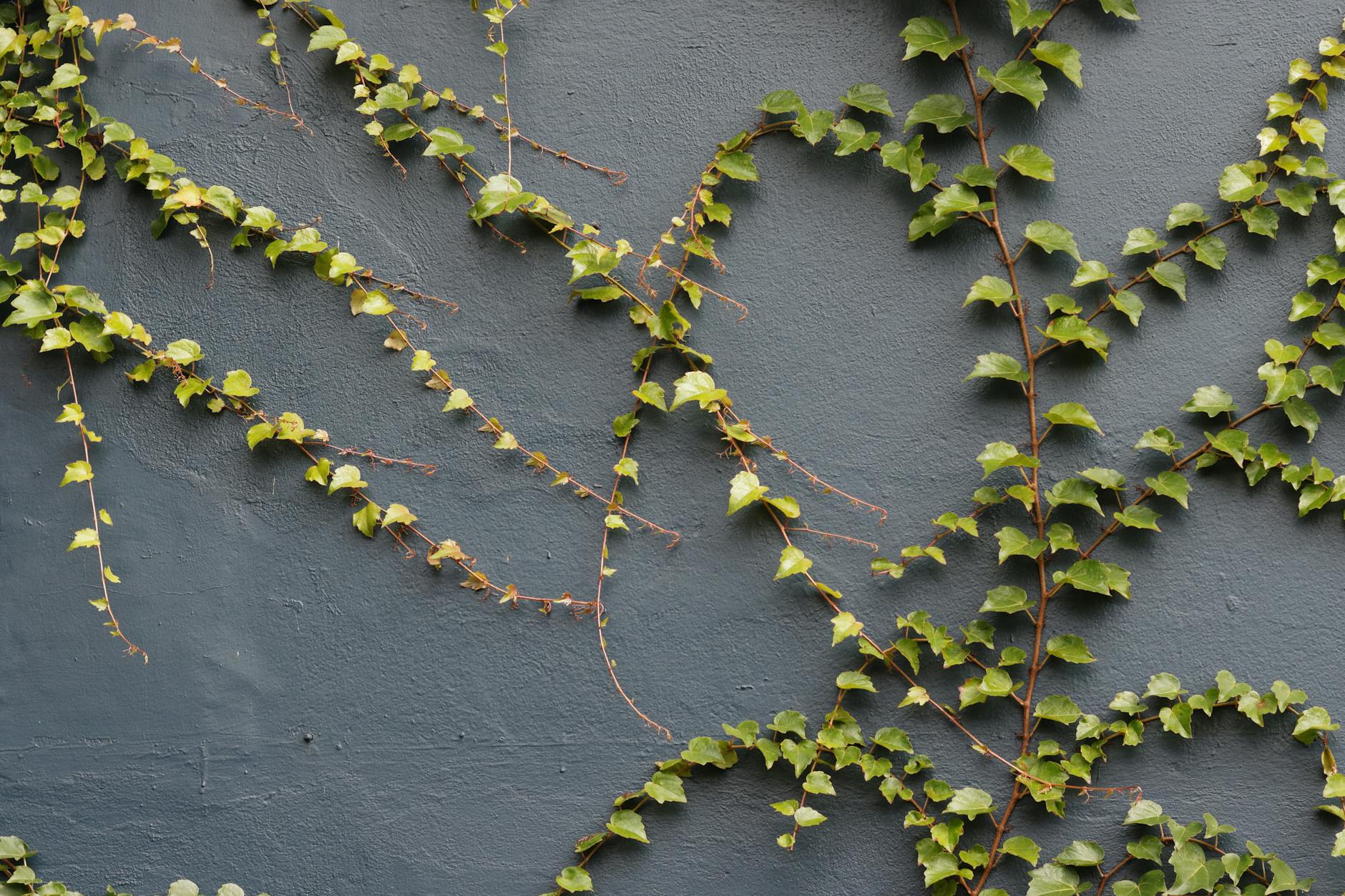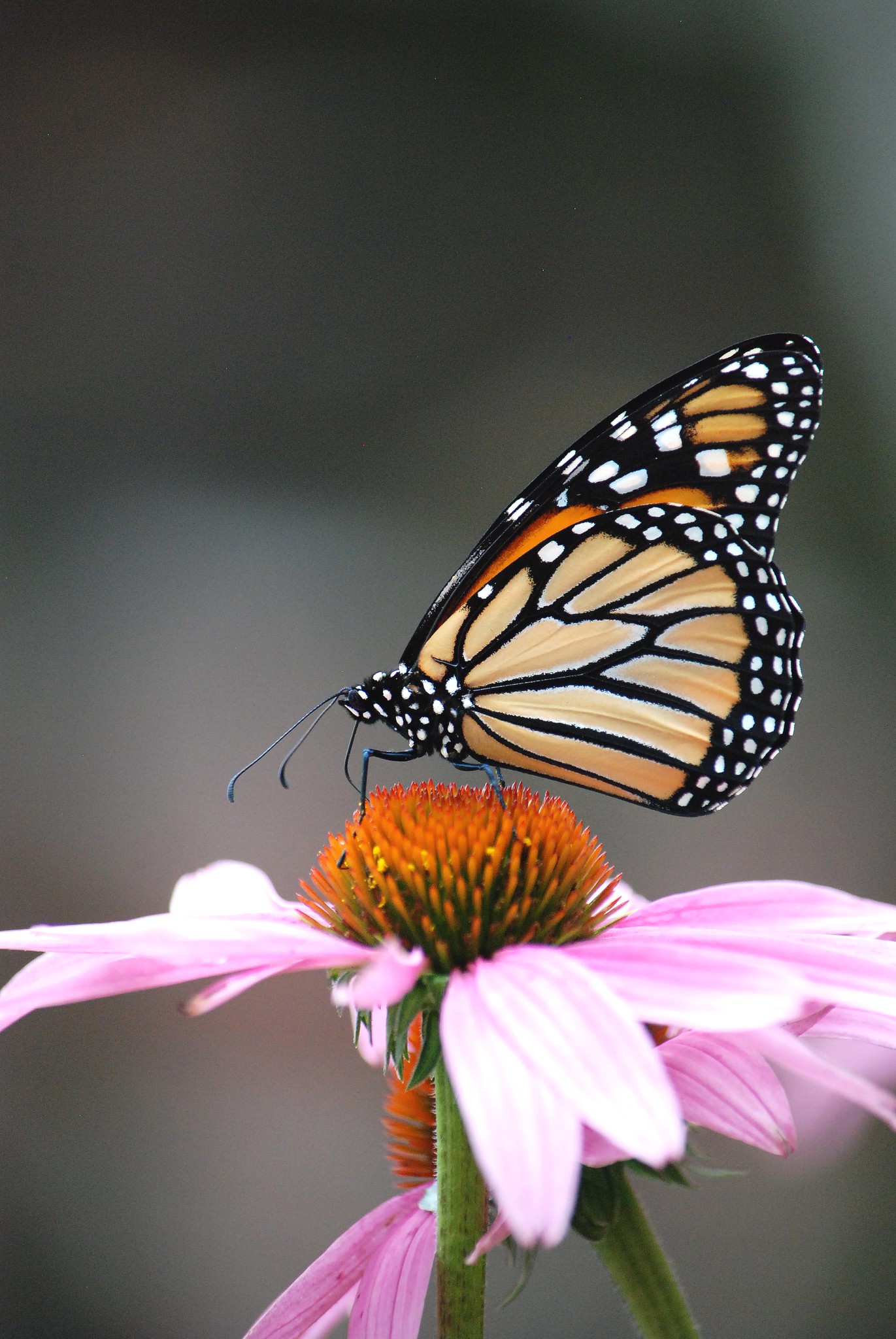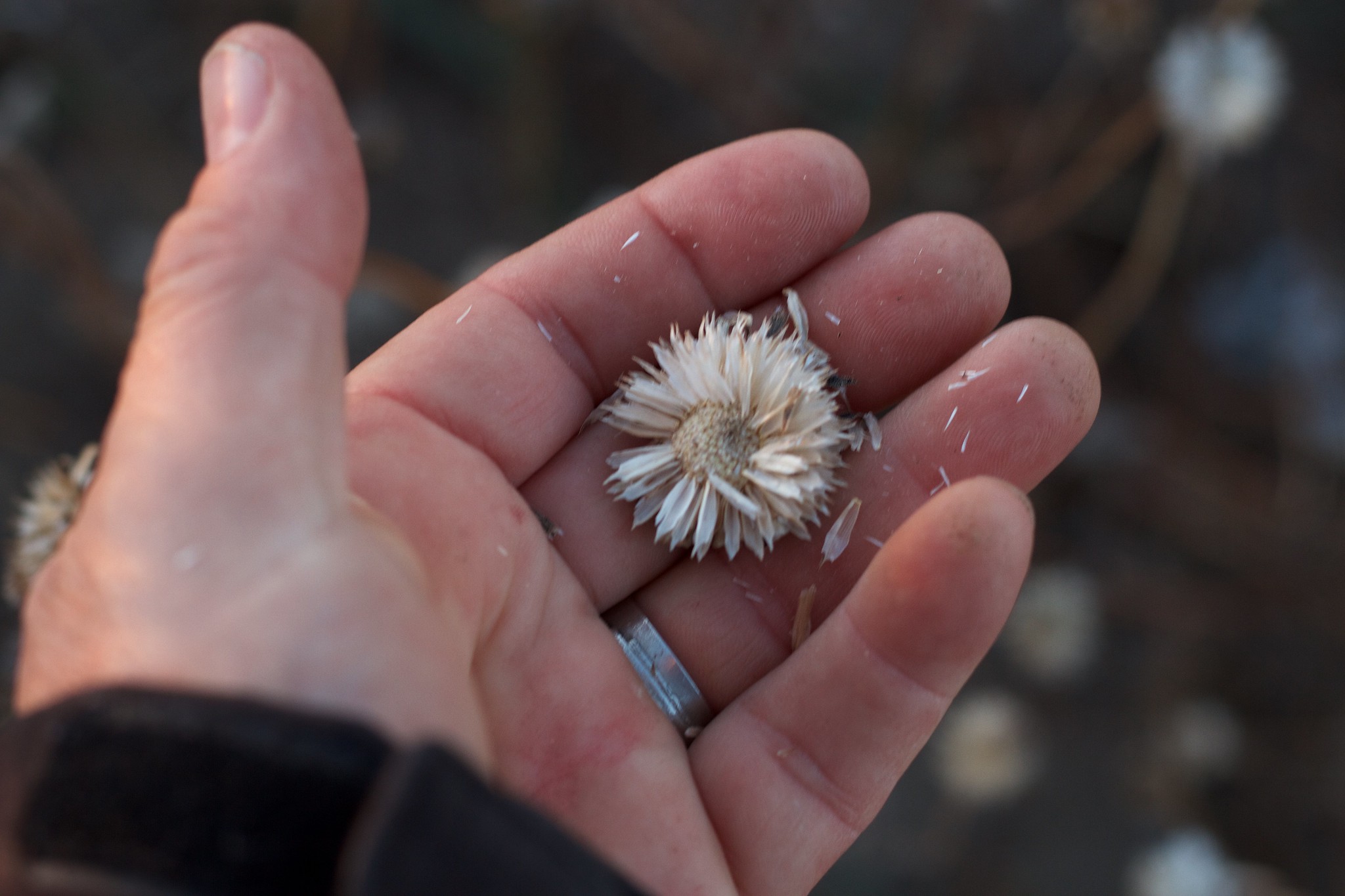A guide to eliminating harmful species.
When creating a garden, it’s easy to get caught up in the excitement of selecting new plants to bring life and beauty to your space. However, not all plants are created equal. Some may seem harmless, but invasive species can wreak havoc on local ecosystems, outcompeting native plants and harming wildlife. Understanding which invasive plants to avoid in your garden is an important step in fostering a thriving, healthy landscape. Here’s a guide to help you identify and eliminate harmful species from your garden.
What Are Invasive Plants?
Invasive plants are species that are not native to a particular area and have the ability to spread aggressively, disrupting local ecosystems. They outcompete native plants for space, sunlight, and resources, often leading to the decline of native plant populations. Invasive species also tend to have few natural predators, allowing them to thrive unchecked in new environments.
By choosing the right plants for your garden, you can contribute to a healthier environment and create a more sustainable space for both plants and wildlife. Let’s take a look at some of the most common invasive plants to avoid.
Common Invasive Plants to Avoid
- English Ivy (Hedera helix)
- Why it’s invasive: English Ivy is often used for ground cover or as a climbing vine. However, it aggressively spreads over ground and walls, smothering other plants and trees. It’s particularly harmful to native tree species because it can climb their trunks and block sunlight, weakening the tree.
- What to plant instead: Consider using native groundcovers such as wild ginger (Asarum canadense) or Pennsylvania sedge (Carex pensylvanica), which won’t harm surrounding plants.
- Kudzu (Pueraria montana var. lobata)
- Why it’s invasive: Often referred to as “the vine that ate the South,” kudzu grows rapidly, overtaking trees, buildings, and entire landscapes. It can choke out native plants and trees by blocking their access to sunlight, water, and nutrients.
- What to plant instead: Creeping jenny (Lysimachia nummularia) is a fast-growing ground cover that provides the same aesthetic benefits without the threat of invasive growth.
- Japanese Knotweed (Fallopia japonica)
- Why it’s invasive: This plant has an aggressive growth habit, especially along riverbanks and disturbed sites. It can cause erosion by displacing native vegetation and has an extensive root system that is difficult to remove once established.
- What to plant instead: Consider planting purple lovegrass (Eragrostis spectabilis) or bluestar (Amsonia spp.), both of which provide habitat and structure without the danger of spreading uncontrollably.
- Purple Loosestrife (Lythrum salicaria)
- Why it’s invasive: Purple loosestrife is commonly seen in wetland areas, where it crowds out native aquatic plants and disrupts wetland ecosystems. It can also harm wildlife by reducing the availability of food and shelter.
- What to plant instead: Native plants like blue flag iris (Iris versicolor) or marsh milkweed (Asclepias incarnata) are excellent alternatives that help support local wildlife.
- Common Buckthorn (Rhamnus cathartica)
- Why it’s invasive: Common buckthorn is a shrubby tree that forms dense thickets, making it difficult for native plants to grow. It also creates an unhealthy environment for wildlife by altering soil conditions and shading out important native species.
- What to plant instead: Serviceberry (Amelanchier spp.) is a native alternative that supports both birds and pollinators, offering similar structure and visual interest without the negative ecological impacts.
- Autumn Olive (Elaeagnus umbellata)
- Why it’s invasive: Originally planted for erosion control, autumn olive has since become a widespread invasive. It produces dense, thorny shrubs that take over fields and forest edges, outcompeting native plants and reducing biodiversity.
- What to plant instead: Smooth sumac (Rhus glabra) is a native alternative that provides similar erosion control benefits and supports wildlife, including birds and pollinators.
- Garlic Mustard (Alliaria petiolata)
- Why it’s invasive: Garlic mustard is a fast-spreading herb that invades woodlands, outcompeting native plants by disrupting the natural soil structure and food sources for wildlife. It also produces chemicals that inhibit the growth of other plants.
- What to plant instead: Native alternatives like wild leek (Allium tricoccum) or fiddlehead ferns (Matteuccia struthiopteris) help maintain the health of forest ecosystems without the invasive threat.
How to Remove Invasive Plants from Your Garden
Eliminating invasive plants from your garden can be a challenging process, but it’s an important step in restoring ecological balance. Here are some tips for removing invasive plants:
- Manual removal: For smaller infestations, hand-pulling invasive plants can be effective. Be sure to remove as much of the root system as possible to prevent regrowth.
- Cutting and mowing: For plants like kudzu or Japanese knotweed, cutting back the foliage repeatedly can help weaken the plant. Combine this with root removal for more effective control.
- Chemical control: In some cases, herbicides may be necessary for larger infestations. Be sure to use an eco-friendly herbicide that targets the invasive species without harming surrounding plants or wildlife.
- Mulching and covering: After removing invasive plants, cover the area with mulch or landscape fabric to prevent re-seeding and keep invasive species from regrowing.
Why It’s Important to Choose Native Plants
By choosing native plants over invasive species, you’re supporting the restoration of local ecosystems, helping to protect wildlife, and contributing to biodiversity. Native plants are adapted to the local climate and soil, making them more resilient to pests and diseases. They also provide essential food and habitat for native wildlife, from pollinators like bees and butterflies to birds and amphibians.
Choosing Native Plants for a Healthier, More Biodiverse Garden
When it comes to gardening, making thoughtful plant choices is crucial. Invasive plants may appear attractive or easy to grow, but they can quickly turn your garden into a threat to local ecosystems. By eliminating harmful species and replacing them with native alternatives, you’re making a lasting, positive impact on the environment. Together, we can create gardens that celebrate the beauty of nature while supporting biodiversity and conservation.




